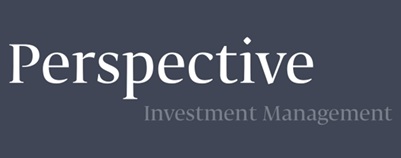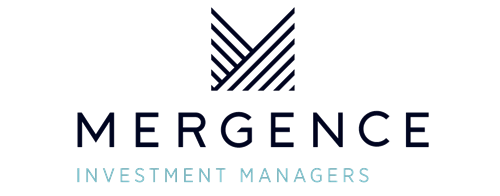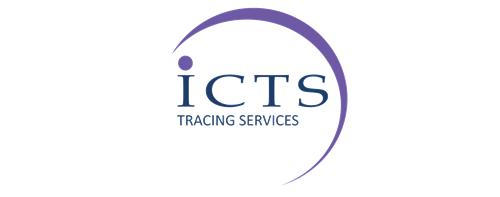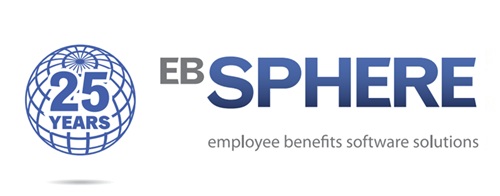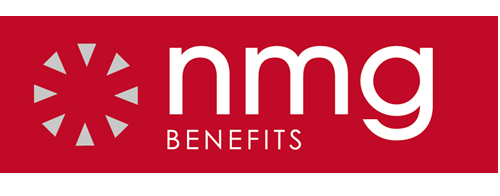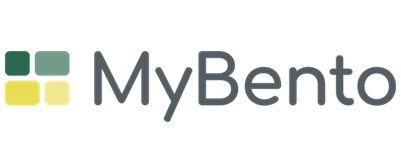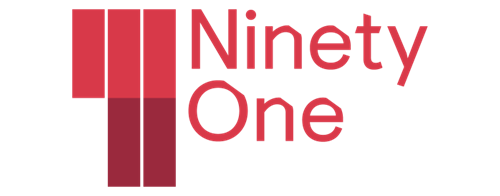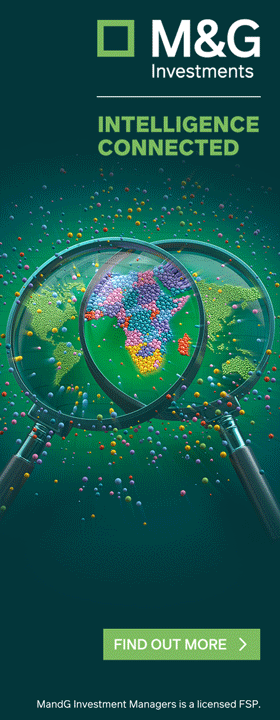Bernise Games, Marketing Lead at YuLife
Artificial Intelligence (AI) has gone from buzzword to boardroom agenda in a remarkably short time. What began decades ago as an academic curiosity is now embedded in everyday work, from the chatbots answering basic queries to the generative models writing draft reports or summarising meeting notes. For many, AI represents the dawn of a faster, smarter, more efficient way of working. For others, it feels like another tidal wave of technology threatening to erode rather than enhance the human side of work.
The truth, as with most revolutions, lies somewhere in between.
A short history of AI in work:
AI is not new. Early iterations were rule-based systems designed to automate repetitive tasks, often in back-office environments. What’s different today is the leap from automation to augmentation. Tools no longer just process numbers in the background; they support decision-making, draft creative outputs and even simulate conversation. In doing so, AI has shifted from being a behind-the-scenes enabler to a visible collaborator in daily working life.
The benefits: Where AI delivers:
AI’s advantages are tangible and growing. According to PwC’s 2025 Global AI Jobs Barometer, productivity growth in industries most exposed to AI has nearly quadrupled, from around 7% pre-2022 to 27% through 2024 and employees with AI skills now command a 56% wage premium compared to counterparts without those skills.
Moreover, workplaces are evolving fast: 37% of U.S. workers now use AI tools daily (up from 22% in 2023) and over half of employers believe AI will complement rather than replace human work entirely.
These shifts free individuals from routine admin, helping companies deliver faster, smarter and more accessible work benefits that map directly to wellbeing and productivity if implemented responsibly.
The challenges: The other side of the coin
However, AI’s rise is also intensifying stress. A survey by EY found that 71% of U.S. employees feel anxious about AI, while 75% worry it may eventually make their roles obsolete. The toll is especially heavy on early-career workers. A recent Stanford study shows employment among 22– to 25-year-olds in AI-exposed roles dropped by 13% since late 2022, while older employees in the same fields actually saw job gains.
Traditionally, junior staff cut their teeth on foundational tasks such as drafting reports, collating data, or preparing presentations. These “bread and butter” activities are often the first to be automated. The result? Fewer opportunities to learn by doing and a risk that the next generation of professionals misses out on the gradual, hands-on training that builds expertise.
Mentorship also suffers. If AI takes on tasks that once served as learning exercises, new employees may struggle to find their place. The irony is that while AI accelerates efficiency for experienced workers, it may slow the development of those just starting out. Companies must be intentional about creating opportunities for young employees to grow alongside AI rather than being crowded out by it.
Efficiency versus sustainability:
Another question is whether AI can be applied sustainably across all industries. In sectors like finance or logistics, efficiency gains are clear. But in people-driven fields such as healthcare, teaching, or social work, the wholesale replacement of human effort with machine output is neither realistic nor desirable.
What works in one context may fail in another. And without thoughtful integration, organisations risk creating divisions between employees who embrace AI and those who feel excluded or alienated by it.
Wellbeing in the age of AI:
For all its promise, AI’s real test is not whether it boosts efficiency, but whether it helps people flourish at work. A workplace cannot be called modern if employees are exhausted, anxious, or stripped of purpose.
This is where wellbeing must enter the conversation. As YuLife sees it, technology should be in service of people. It should help reduce stress, support healthier habits and create space for meaningful human interaction. AI should not become another layer of digital noise that undermines autonomy or increases pressure to be endlessly productive.
Employees who feel overwhelmed by constant technological change are more likely to disengage, burn out, or resist innovation altogether. The antidote is not to roll back AI, but to embed it thoughtfully, with equal weight given to wellbeing as to output. That means training, transparency and the reassurance that AI is there to support, not replace human talent.
Finding the balance
Leaders navigating this moment face a delicate balancing act. Ignore AI and risk falling behind competitors. Embrace it uncritically and risk damaging the very people AI is supposed to empower. The way forward lies in balance: encouraging experimentation while respecting comfort levels. Providing training so employees at every stage, from graduates to executives, can use AI with confidence and protecting time for human connection so that technology doesn’t crowd out the empathy and creativity only people can bring.
AI is not destiny. It is a tool. How it shapes the future of work will depend less on its algorithms and more on the choices leaders make today. As I see it, the measure of success will not be how much faster we work, but how much better we live while working.
ENDS
